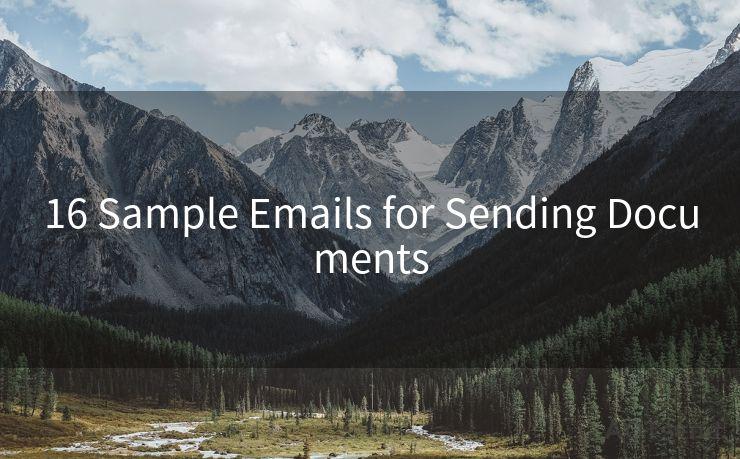"7 Steps to Send Email Notifications with Laravel"
Hello everyone, I’m Kent, the website admin. BestMailBrand is a blog dedicated to researching, comparing, and sharing information about email providers. Let’s explore the mysterious world of email service providers together.




Laravel is a popular PHP framework that simplifies web development by providing elegant solutions for common tasks. One such task is sending email notifications. In this blog post, we'll outline seven steps to send email notifications using Laravel, making it easy for you to implement this functionality in your web applications.
Step 1: Configuring Email Settings
Before you can send emails from your Laravel application, you need to configure your email settings. Laravel uses the SMTP protocol to send emails, so you'll need to provide details like the SMTP server address, port, encryption type, username, and password. You can find these settings in your .env file or the config/mail.php configuration file.
Step 2: Creating a Mailable Class
Laravel's Mailable class provides a clean, simple API for sending emails. You can generate a new Mailable class using Artisan, Laravel's command-line interface. This class will contain the logic for your email, including the recipient, subject, and body content.
Step 3: Defining the Email Content
Within your Mailable class, you can define the email's subject, view, and any data that needs to be passed to the view. Laravel's templating system allows you to create dynamic emails with ease.

Step 4: Setting Up the Email View
Create a view for your email using Blade templating. This view will determine how your email looks and feels. You can include dynamic content by passing data from your Mailable class to the view.
Step 5: Sending the Email
Sending an email using your custom Mailable class is straightforward. You simply instantiate the class, provide any necessary data, and call the send method. Laravel handles the SMTP connection and email delivery behind the scenes.
Step 6: Handling Email Delivery Failures
It's important to handle email delivery failures gracefully. Laravel provides events and listeners to manage this. You can set up event listeners to capture delivery failures and take appropriate action, such as logging the error or retrying the delivery.
Step 7: Testing Email Notifications
Before deploying your application, it's crucial to test your email notifications. Laravel provides tools for unit testing and feature testing, allowing you to simulate email sending and verify that emails are being sent correctly.
By following these seven steps, you can easily integrate email notifications into your Laravel application. Remember to refer back to this guide if you encounter any issues during the process.
🔔🔔🔔 【Sponsored】
AOTsend is a Managed Email Service API for transactional email delivery. 99% Delivery, 98% Inbox Rate.
Start for Free. Get Your Free Quotas. Pay As You Go. $0.28 per 1000 Emails.
You might be interested in:
Why did we start the AOTsend project, Brand Story?
What is a Managed Email API, How it Works?
Best 24+ Email Marketing Service (Price, Pros&Cons Comparison)
Best 25+ Email Marketing Platforms (Authority,Keywords&Traffic Comparison)
In conclusion, Laravel simplifies the process of sending email notifications with its elegant and powerful Mailable API. By configuring your email settings, creating a Mailable class, defining your email content and view, sending the email, handling failures, and testing your implementation, you can ensure that your Laravel application sends reliable and professional email notifications.




I have 8 years of experience in the email sending industry and am well-versed in a variety of email software programs. Thank you for reading my website. Please feel free to contact me for any business inquiries.
Scan the QR code to access on your mobile device.
Copyright notice: This article is published by AotSend. Reproduction requires attribution.
Article Link:https://www.bestmailbrand.com/post7475.html











